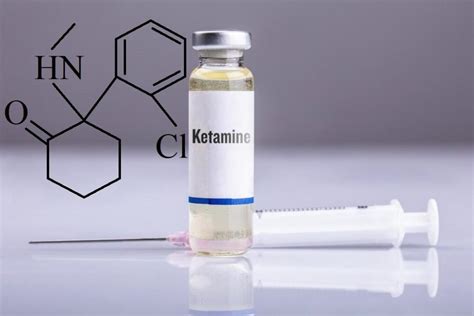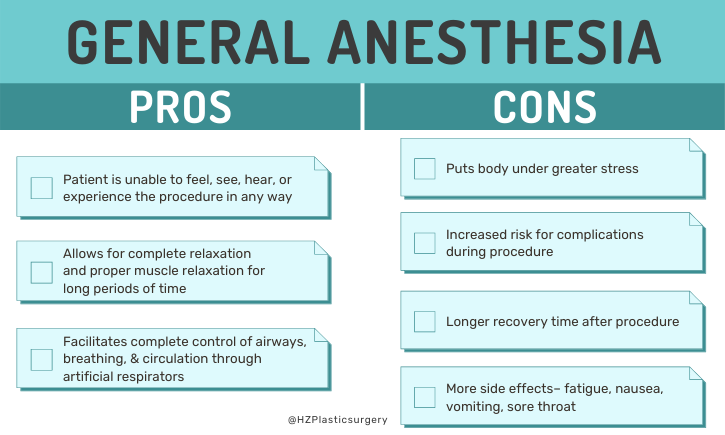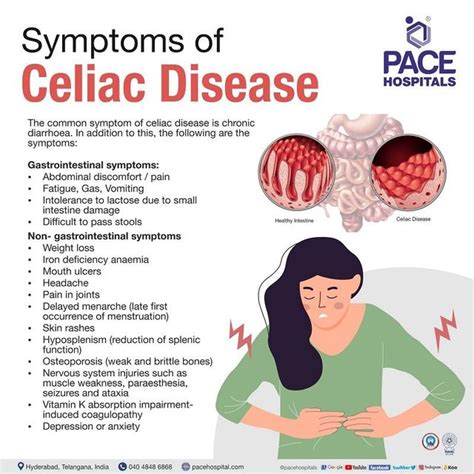How Is Ketamine Administered

Ketamine, a versatile medication with a wide range of therapeutic applications, has gained significant attention in recent years, particularly for its potential in treating various mental health conditions. While it has been traditionally used as an anesthetic in medical and veterinary settings, its administration methods have evolved to cater to its diverse uses. Understanding the different ways ketamine can be administered is crucial for both healthcare professionals and patients to ensure safe and effective treatment.
Intravenous Administration

Intravenous (IV) infusion is the most common route of administration for ketamine in medical settings. This method involves injecting the drug directly into the bloodstream through a vein, providing rapid onset of action. IV administration allows for precise control over the dosage and rate of infusion, making it suitable for various medical procedures and therapeutic purposes.
For instance, in anesthetic applications, a controlled IV infusion of ketamine can induce a state of dissociative anesthesia, where the patient remains conscious but experiences a sense of detachment from their surroundings. This unique property of ketamine makes it valuable for specific surgical procedures, particularly in pediatric and emergency medicine.
In therapeutic contexts, low-dose IV ketamine infusions have shown promising results in treating severe depression and other mood disorders. This approach, often referred to as ketamine infusion therapy, is typically administered in a series of sessions, with each infusion lasting about 40 minutes. The precise dosage and frequency of these infusions are tailored to each patient's needs and response to the treatment.
Benefits of Intravenous Administration
- Rapid onset of action, making it suitable for urgent medical situations.
- Precise control over dosage, allowing for tailored treatment plans.
- Efficient absorption, ensuring a quick therapeutic response.
- Reduced risk of adverse effects when administered under medical supervision.
Considerations
While IV administration offers numerous advantages, it also requires specialized medical training and equipment. The process must be carefully monitored to prevent potential side effects such as increased heart rate, blood pressure changes, or respiratory depression. Additionally, the need for an IV line can be invasive and may not be feasible for certain patient populations or settings.
Intramuscular Injection

Intramuscular (IM) injection is another route of administration for ketamine, often used when IV access is not available or practical. This method involves injecting the medication directly into a muscle, typically the deltoid or gluteal muscles, where it is absorbed into the bloodstream.
IM injections are commonly used in veterinary medicine for animal anesthesia and sedation. In human medicine, they may be employed in emergency situations or in settings where IV administration is not feasible. However, due to the slower absorption rate compared to IV infusion, IM injections are less commonly used for therapeutic purposes in humans.
Advantages of Intramuscular Administration
- Non-invasive procedure, making it suitable for patients who may not tolerate IV lines.
- Does not require specialized medical equipment or training, making it more accessible in certain settings.
- Provides a longer-lasting effect compared to other routes of administration.
Disadvantages
The onset of action is slower compared to IV administration, which may not be ideal for urgent situations. Additionally, IM injections can be painful and may cause local irritation or soreness at the injection site.
Oral Administration
Oral administration of ketamine is typically reserved for veterinary use, where it is available in the form of tablets or oral solutions. However, in human medicine, oral ketamine is not commonly used due to its unpredictable absorption and potential for abuse.
The bioavailability of orally administered ketamine can vary significantly between individuals, and it often takes longer to reach therapeutic levels in the bloodstream. This variability makes it challenging to predict the drug's effects and manage potential side effects.
Potential Applications
Despite the challenges, oral ketamine has shown some promise in specific therapeutic contexts, particularly in the treatment of chronic pain conditions. Research suggests that low-dose, controlled oral ketamine regimens may offer pain relief without inducing dissociative effects.
Safety Considerations
Due to its potential for abuse and unpredictable effects, oral ketamine should only be used under strict medical supervision. Close monitoring of patients is essential to ensure the medication is taken as prescribed and to promptly address any adverse reactions.
Subcutaneous Injection
Subcutaneous (SC) injection involves administering ketamine just beneath the skin, typically in the fatty tissue of the abdomen or thigh. This route of administration is less common than IV or IM injections but may be considered in specific situations, such as when IV access is challenging or for patients who prefer a less invasive method.
SC injections are often used in veterinary medicine for short-term anesthesia or sedation. In human medicine, they are occasionally employed for pain management, particularly in palliative care settings. However, the absorption rate of SC injections can be variable, and the onset of action is generally slower compared to IV administration.
Benefits of Subcutaneous Administration
- Less invasive than IV or IM injections, making it a more comfortable option for some patients.
- Can be self-administered with proper training, providing flexibility for patients with chronic conditions.
- May offer a more sustained release of the medication, extending the therapeutic window.
Limitations
The variability in absorption and onset of action can make precise dosing challenging. Additionally, SC injections may not be suitable for all patient populations, as they can be painful and may cause local irritation or swelling.
Nasal Spray

A more recent development in ketamine administration is the use of a nasal spray. This method delivers a measured dose of ketamine directly into the nasal cavity, where it is rapidly absorbed into the bloodstream through the mucous membranes.
Nasal spray administration of ketamine is currently being explored as a potential treatment for depression and post-traumatic stress disorder (PTSD). This route of administration offers a non-invasive, convenient, and potentially more discreet way of delivering the medication.
Advantages of Nasal Spray Administration
- Non-invasive and convenient, making it accessible for patients who may not tolerate injections.
- Rapid onset of action, similar to IV infusion, which can be beneficial for acute symptoms.
- Easy to self-administer with proper training, providing flexibility for patients.
Challenges
The dosage of nasal spray ketamine can be difficult to control, and there is a risk of over- or under-dosing. Additionally, the medication’s effects may vary depending on factors such as nasal congestion or the patient’s individual absorption rate.
Inhalation
Inhalation of ketamine vapor is primarily used for recreational purposes and is not recommended for therapeutic use due to the difficulty in controlling dosage and the potential for respiratory depression.
However, research is underway to explore the potential of inhaled ketamine for specific therapeutic applications. This route of administration may offer rapid onset of action similar to IV infusion but with a potentially more convenient and discreet delivery method.
Potential Benefits of Inhalation
- Rapid onset of action, which could be beneficial for acute symptoms or emergency situations.
- May provide a more controlled and discreet administration method compared to nasal spray.
- Could offer a non-invasive alternative to injection routes for certain patient populations.
Safety Concerns
The risk of overdose and respiratory depression is a significant concern with inhaled ketamine. Proper dosing and administration techniques must be developed and strictly followed to ensure patient safety.
Conclusion
Ketamine’s versatility is evident in the variety of administration methods available. Each route has its own unique advantages and considerations, making it crucial for healthcare professionals to carefully select the most appropriate method based on the specific needs of the patient and the intended therapeutic goal.
As research continues to uncover new therapeutic applications for ketamine, understanding the nuances of its administration will play a vital role in optimizing its use and ensuring patient safety and well-being.
What is the typical dosage of ketamine for therapeutic purposes?
+The dosage of ketamine varies depending on the route of administration and the specific therapeutic goal. For IV infusion therapy for depression, doses typically range from 0.5 to 2 mg/kg, administered over 40 minutes. However, the optimal dosage may vary based on individual response and tolerance.
Are there any long-term side effects associated with ketamine therapy?
+While ketamine has a generally good safety profile when used appropriately, long-term side effects can occur with chronic or high-dose use. These may include bladder problems, cognitive impairment, and increased risk of certain mental health conditions. Close monitoring and responsible use are essential to minimize these risks.
Can ketamine be used for pain management in non-emergency settings?
+Yes, ketamine is increasingly being explored for its potential in chronic pain management. Low-dose, controlled regimens, often administered orally or through subcutaneous injections, have shown promise in providing pain relief without inducing dissociative effects. However, further research is needed to establish optimal dosing and long-term safety in this context.



